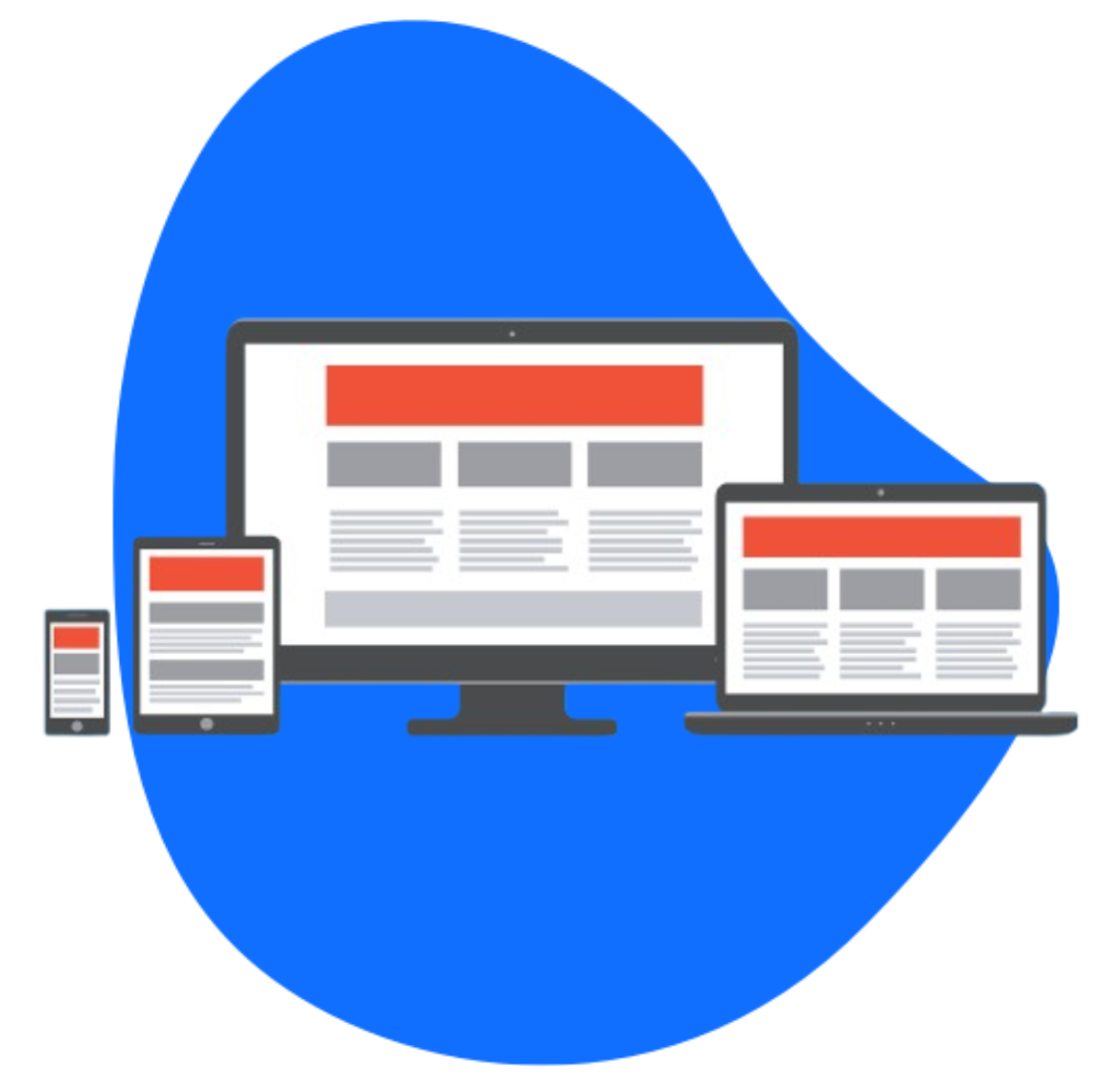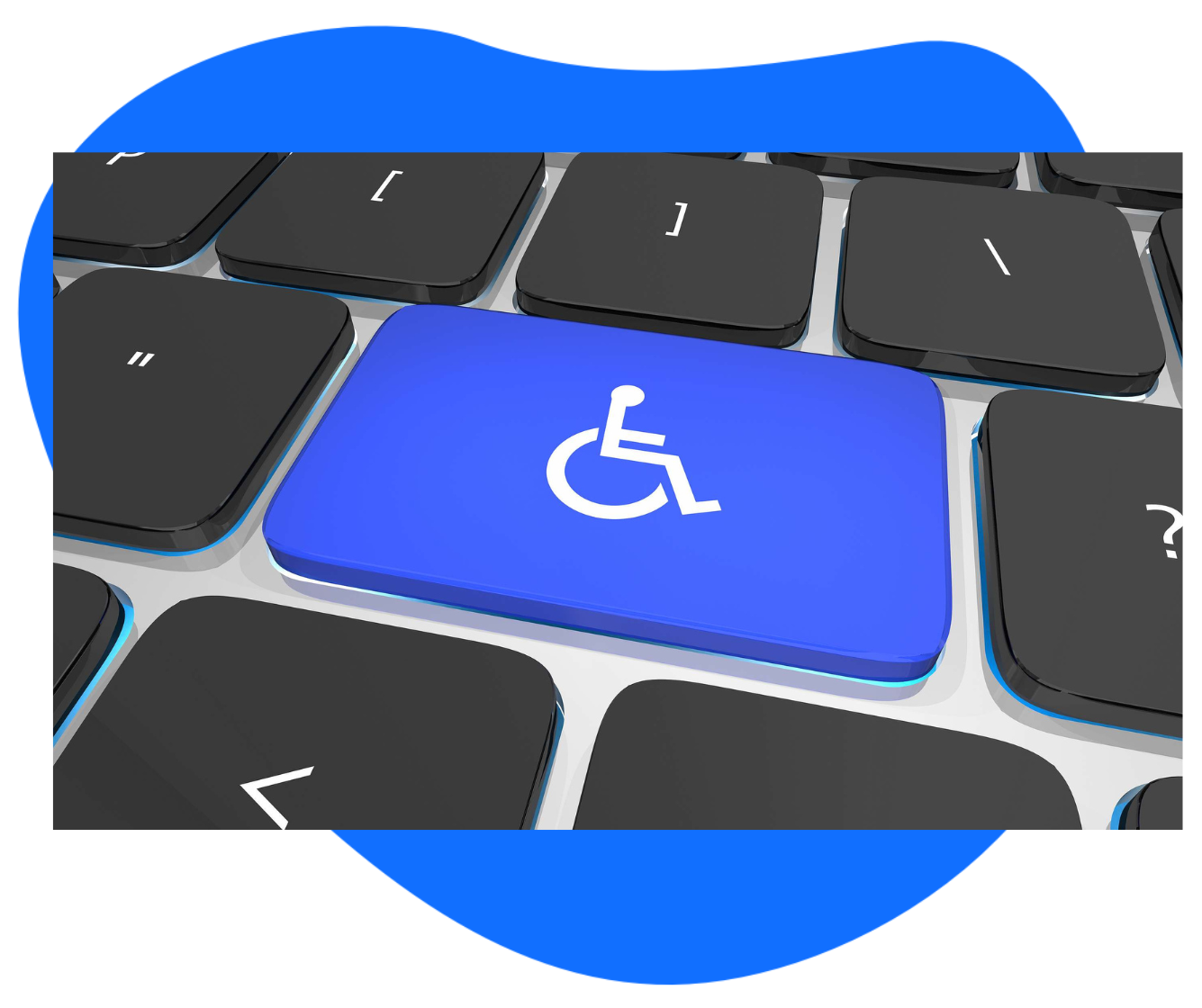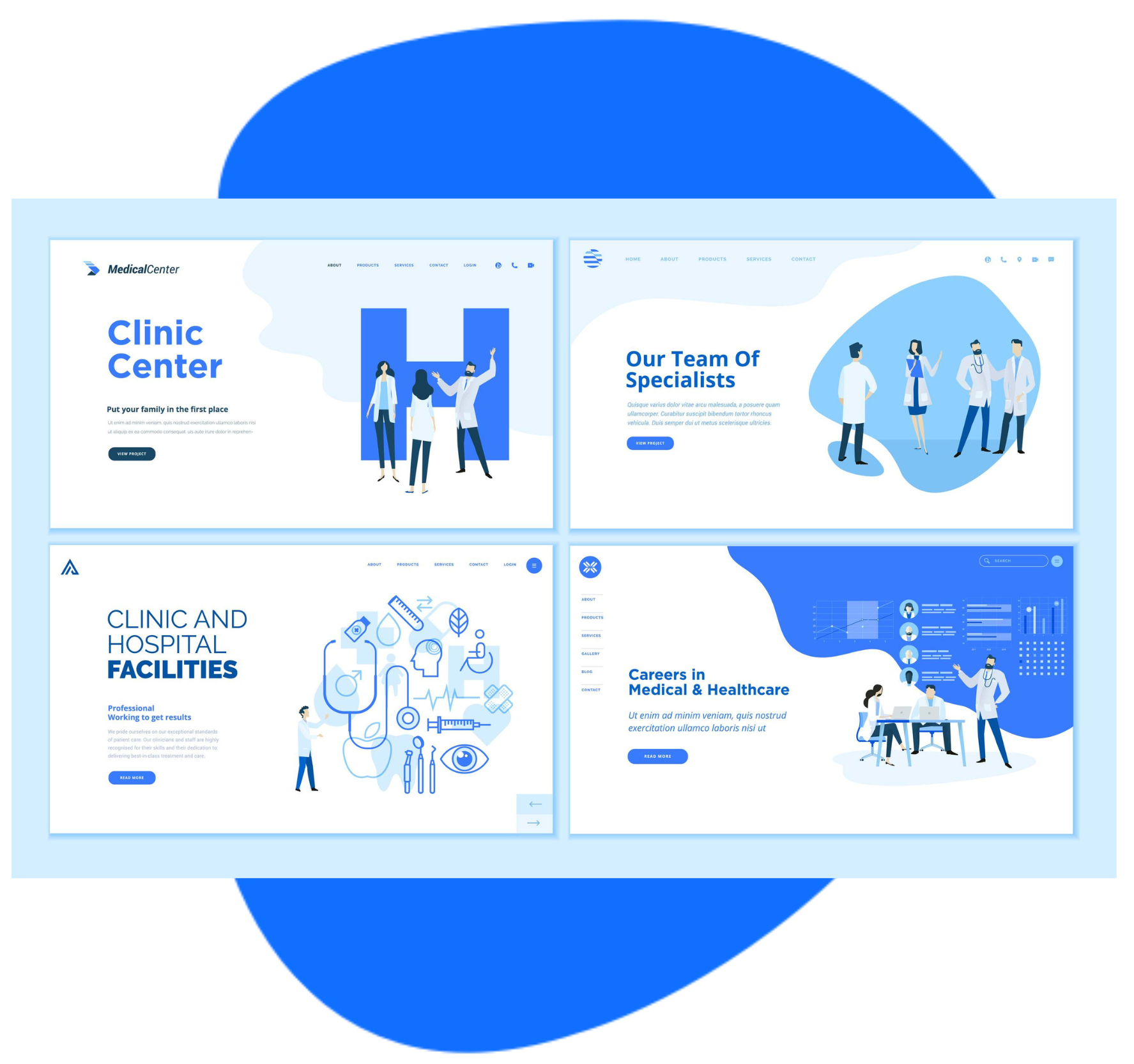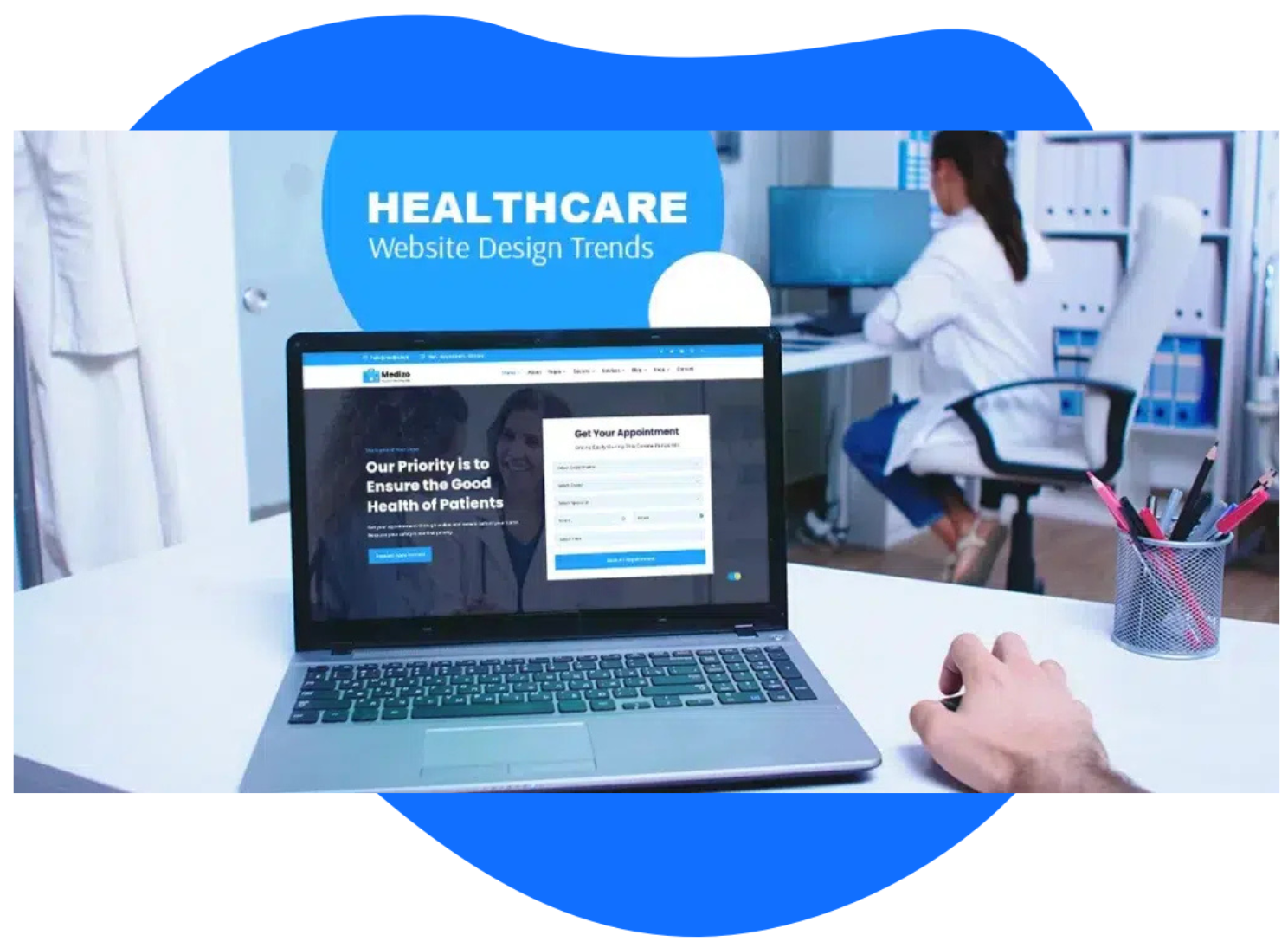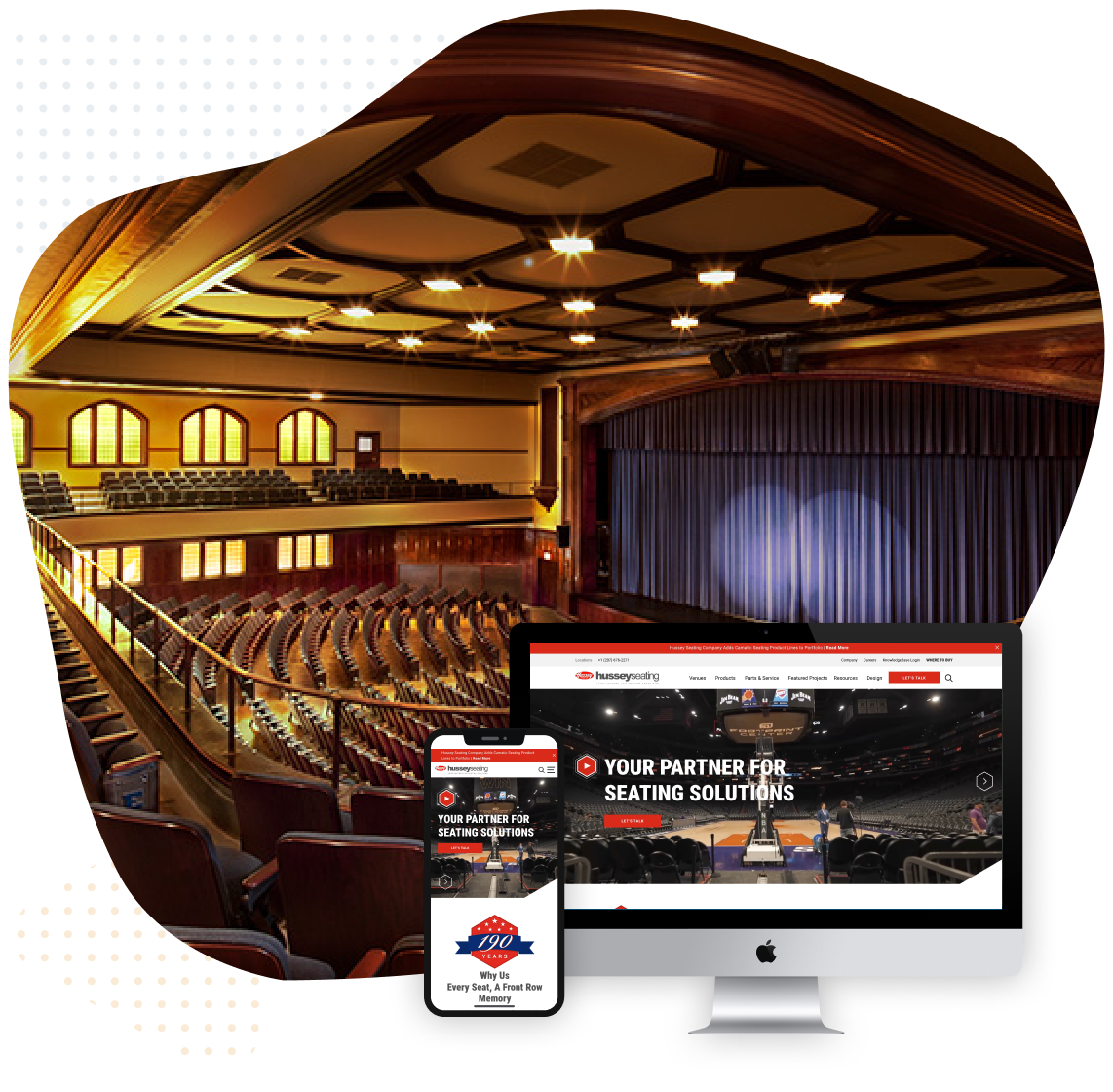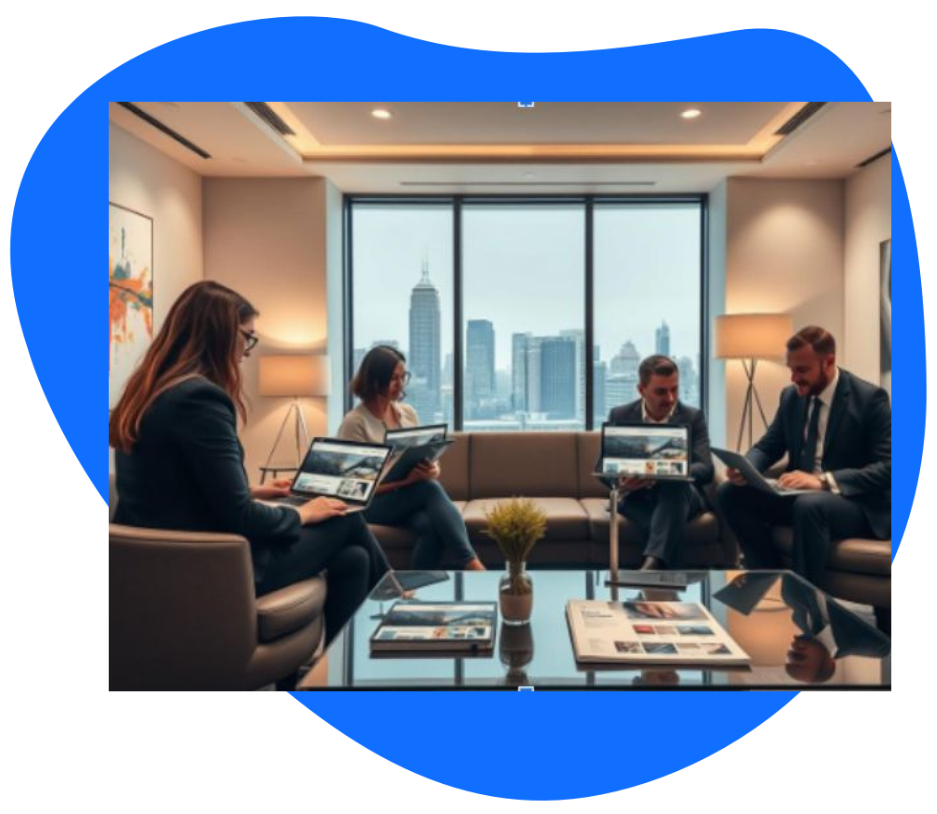Are you experiencing slow loading times on your WordPress site? It can be frustrating for visitors and can negatively impact your search engine rankings. Fortunately, there are a number of potential causes and solutions to help you speed up your site.
To give you an idea of what we’re talking about, we will explore the top causes of slow WordPress sites and provide solutions to help you troubleshoot and improve your website’s performance.
What Causes Slow Loading Times?
There are a variety of reasons why your WordPress site might be running slowly. Here are some of the top culprits:
- Large image sizes: Images are often the largest files on a website, so if they are not optimized for the web, they can slow down your site. Make sure your images are compressed to a reasonable file size before uploading them to your website.
- Outdated plugins and themes: Outdated plugins and themes can be a security risk and can cause your site to slow down. Make sure you update them regularly.
- Hosting server: Your hosting server plays a key role in the performance of your site. If you are on a shared hosting plan or have a lot of traffic, you may need to upgrade to a dedicated server or a hosting plan that can handle more traffic.
- Too many plugins: While plugins can add functionality to your site, they can also slow it down. Make sure you only use the plugins you really need, and deactivate and delete any unused plugins.
- Code optimization: If your website’s code is not optimized, it can cause your site to load slowly. You may need to hire a developer to optimize your code for faster loading times.
How to Fix Slow Loading Speeds
Now that we’ve identified the top causes of slow loading times, let’s explore some solutions to help you speed up your WordPress site.
- Optimize images: Before uploading images to your website, compress them to reduce their file size. You can use image optimization tools like TinyPNG or Photoshop to help you compress your images.
- Update plugins and themes: Make sure to update your plugins and themes regularly to ensure they are compatible with the latest version of WordPress and are not slowing down your site.
- Use a caching plugin: A caching plugin can help speed up your site by storing a static version of your site’s pages and serving them to visitors, rather than generating the page every time someone visits your site.
- Minimize HTTP requests: Minimizing the number of HTTP requests your site makes can also help speed up your site. You can do this by minimizing the number of external resources you use on your site, like images, scripts, and stylesheets.
- Use a content delivery network (CDN): A CDN can help speed up your site by storing copies of your site’s pages on servers around the world, so visitors can access your site from a server that is geographically closer to them.
Other Tips for Improving Website Performance
In addition to the solutions mentioned above, here are a few other tips for improving your website’s performance:
- Remove unused plugins and themes: If you’re not using a plugin or theme, delete it from your site to reduce the amount of code and files on your server.
- Optimize your database: Over time, your database can become cluttered with unnecessary data, which can slow down your site. Use a plugin like WP-Optimize to clean up and optimize your database.
- Use a lightweight theme: Some WordPress themes are more lightweight than others, which can help improve your site’s loading times. Look for a theme that is optimized for speed and performance.
Ready for a Faster and Optimized WordPress Website?
Slow loading times can negatively impact your website’s performance and user experience. By identifying the causes and implementing the solutions mentioned in this article, you can improve the speed of your WordPress site and provide a better experience for your visitors. Remember that optimizing your site for speed is an ongoing process, so make sure to regularly monitor your site’s performance and make any necessary adjustments.
And if you need help with improving your site’s speed, contact Sayenko Design for professional web development services.




